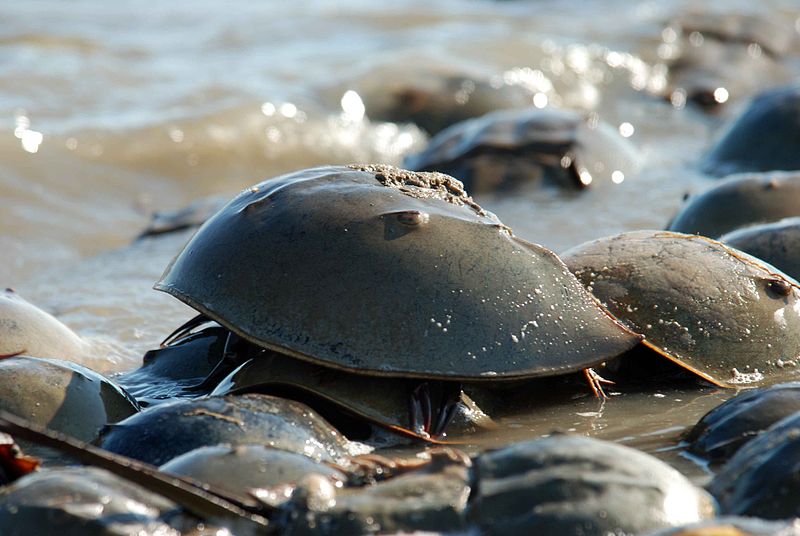 What Does Horseshoe Crab Blood Have to do with COVID-19? This is a free Zoom Program and is for adults, teens, and children ages 10 and older.
What Does Horseshoe Crab Blood Have to do with COVID-19? This is a free Zoom Program and is for adults, teens, and children ages 10 and older.
Program Presenter: John T. Tanacredi, Ph.D., Professor of Earth & Environmental Sciences, Molloy University and Director, Center for Environmental Research & Coastal Oceans Monitoring (CERCOM)
On Long Island, the largest island in United States, the near shore ocean has a major influence on society, our daily lives and science. Issues of the coastal environment are front page news and are fundamentally social, economic, and ecological. The North American Horseshoe Crab is a species that is both seminal and sentinel. Limulus polyphemus is one of only four species of horseshoe crab which exist on Earth. Utilized for fertilizer and bait for conch and eel fisheries for generations, those paleo-survivors (have survived five mass extinction events with their existence on Earth dating back 455 million years) have given humans a product of their blue blood, LAL (Limulus Amebocyte Lysate). The use of LAL worldwide is increasing especially during the pandemic Covid-19 years 2020 -22, as its use in hospitals is commonplace as an effective and efficient “bacterial” detecting system. CERCOM at Molloy University, monitors some 111-beach habitat breeding sites on Long Island for some 20 years, for breeding Horseshoe Crabs. Since these animals have a strong breeding site fidelity, loss of any one breeding beach can generally result in a loss as a contributor to the overall breeding population’s sustainability. The numbers of counted Horseshoe crabs at these sites have decreased on average, 1% per year since this inventory started in 2002. The more distressing and significant aspect of this habitat suitability inventory is that the number of sites surveyed for breeding horseshoe crabs has declined by 8% overall for Long Island. Horseshoe crabs are still harvested for bait, removing over 150,000 animals annually. Dr. Tanacredi a conservation biologist and expert on Horseshoe Crab ecology will report on the CERCOM Horseshoe crab Long Island Inventory and the impact to this species by the Covid-19 Pandemic;2020 through 2020.
Click HERE to register.
This is a free program.
Advanced reservations are required for all events. To register for this program, please contact us at [email protected] or call 631-537-9735.
